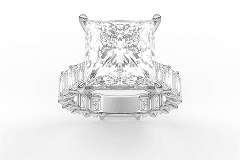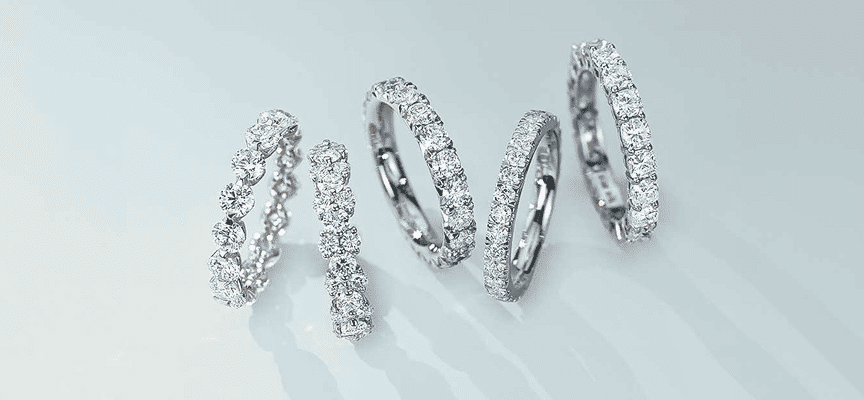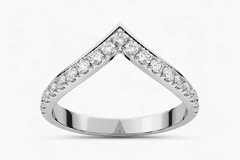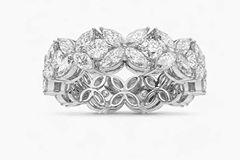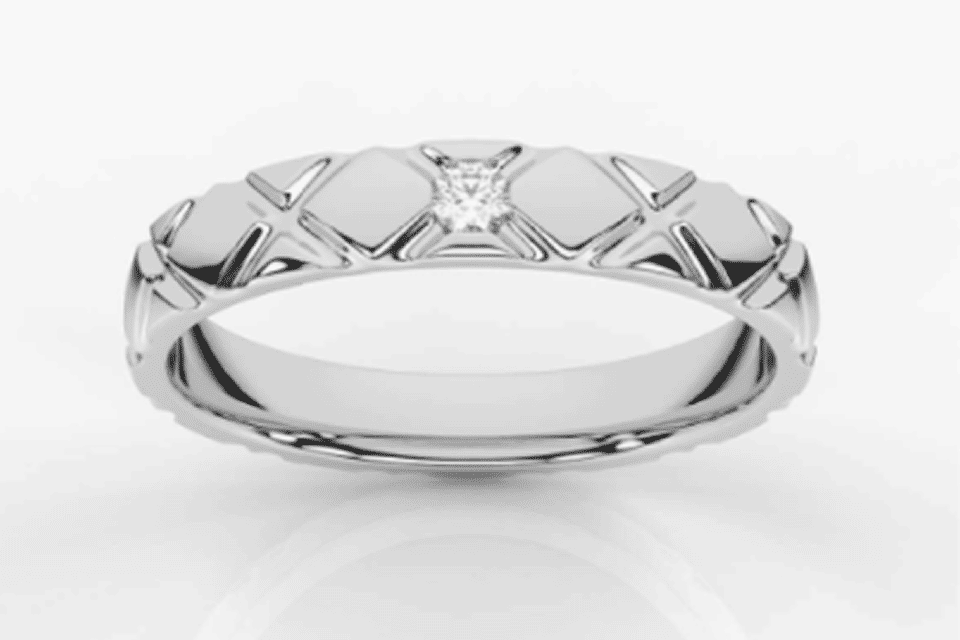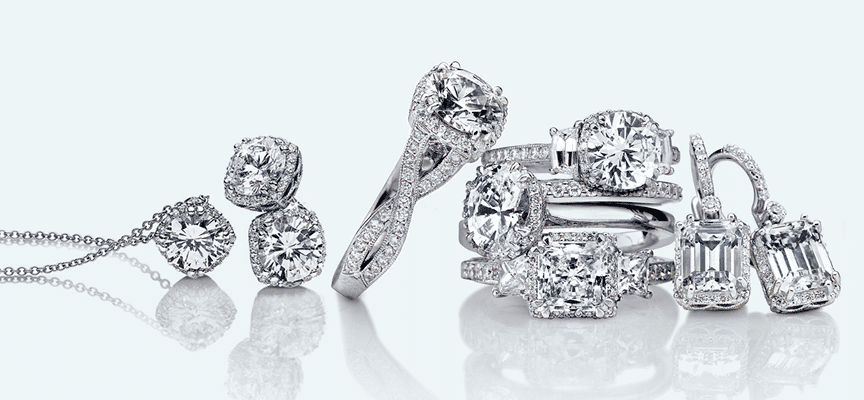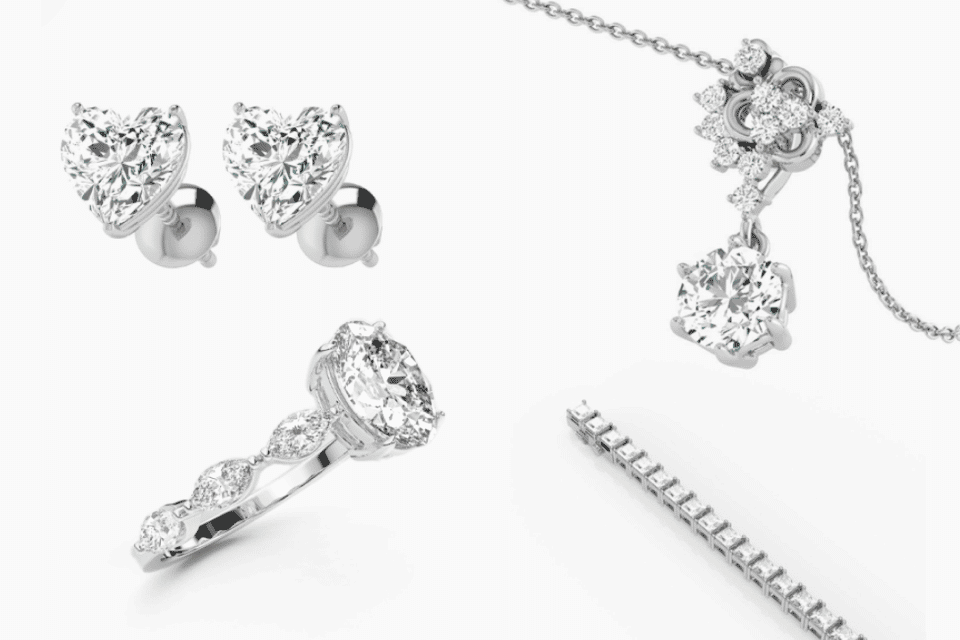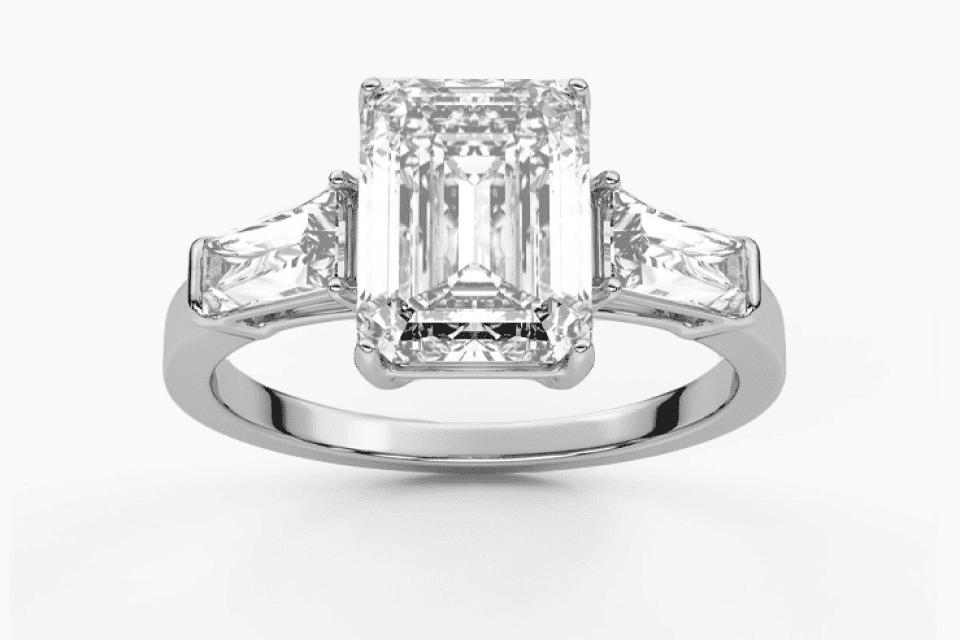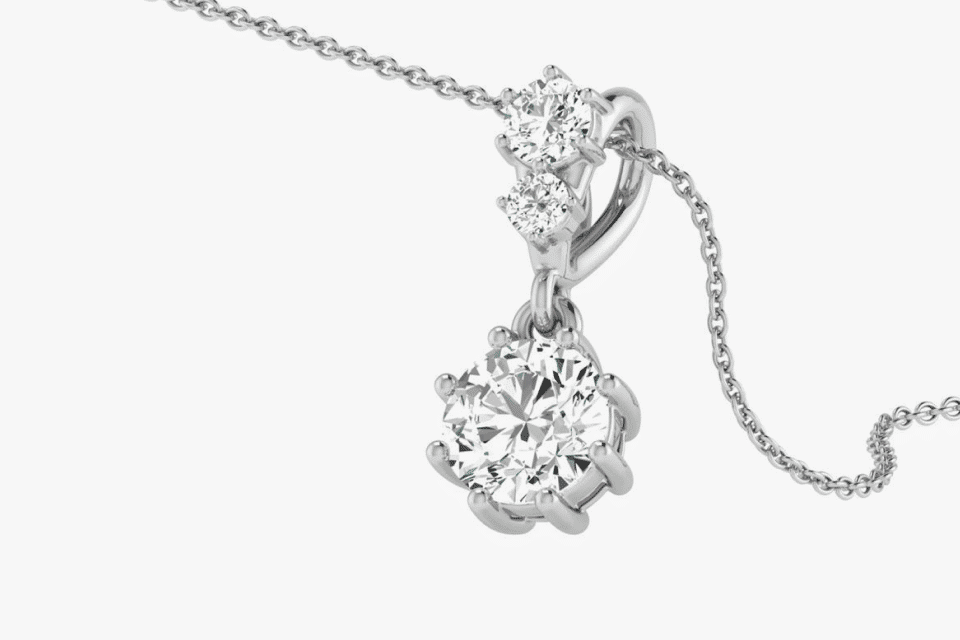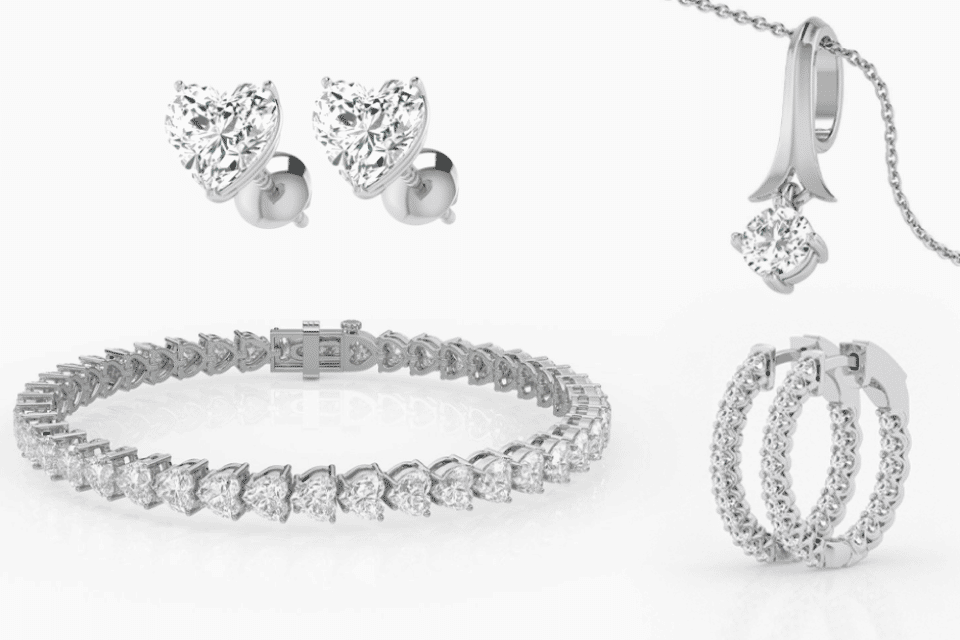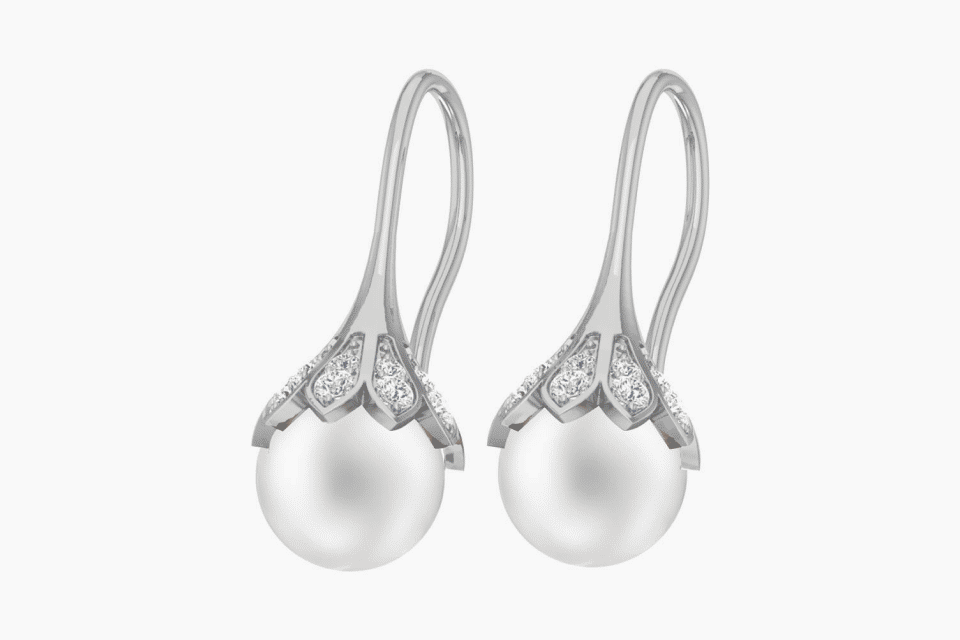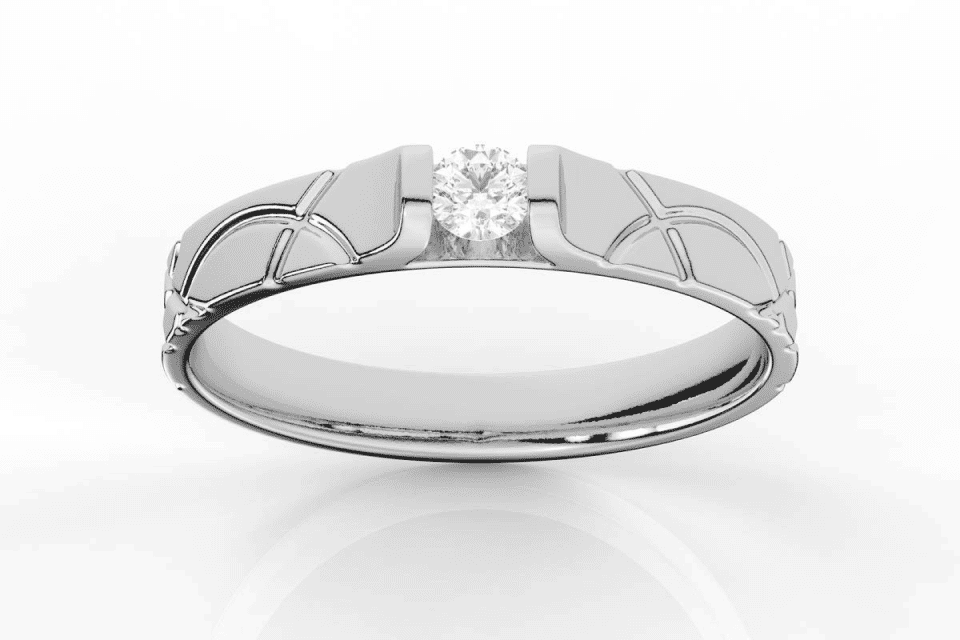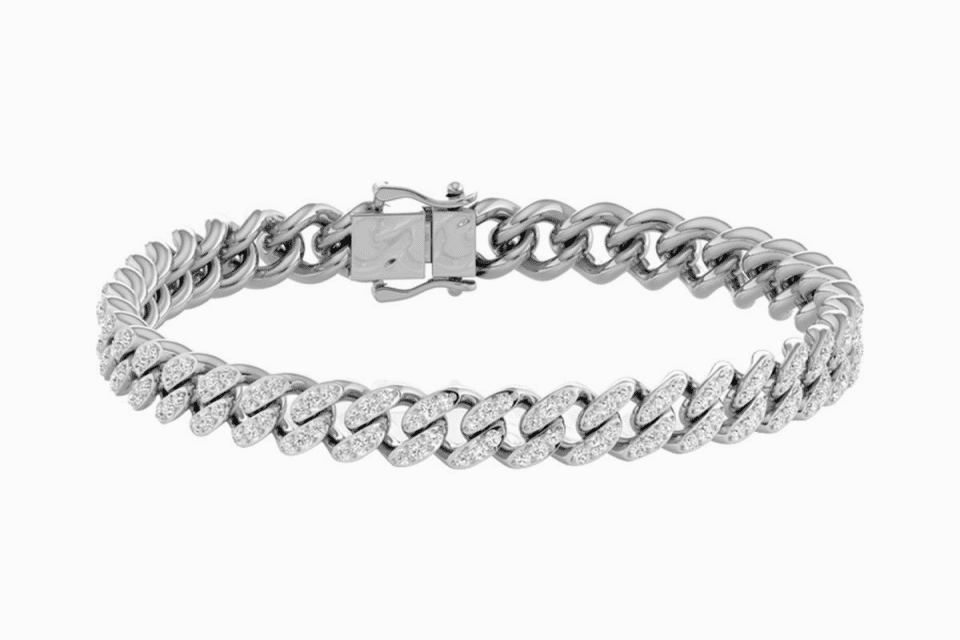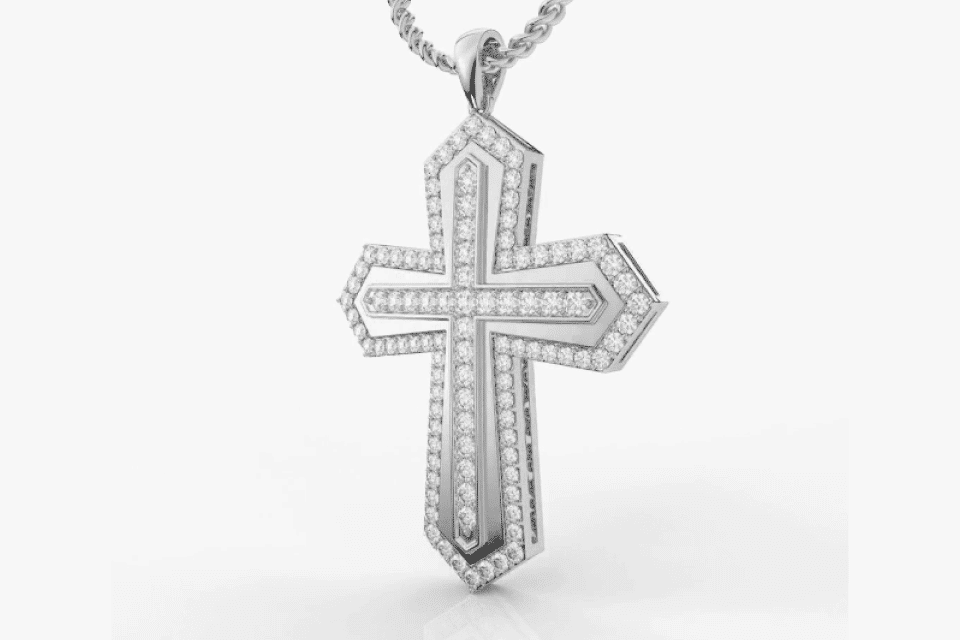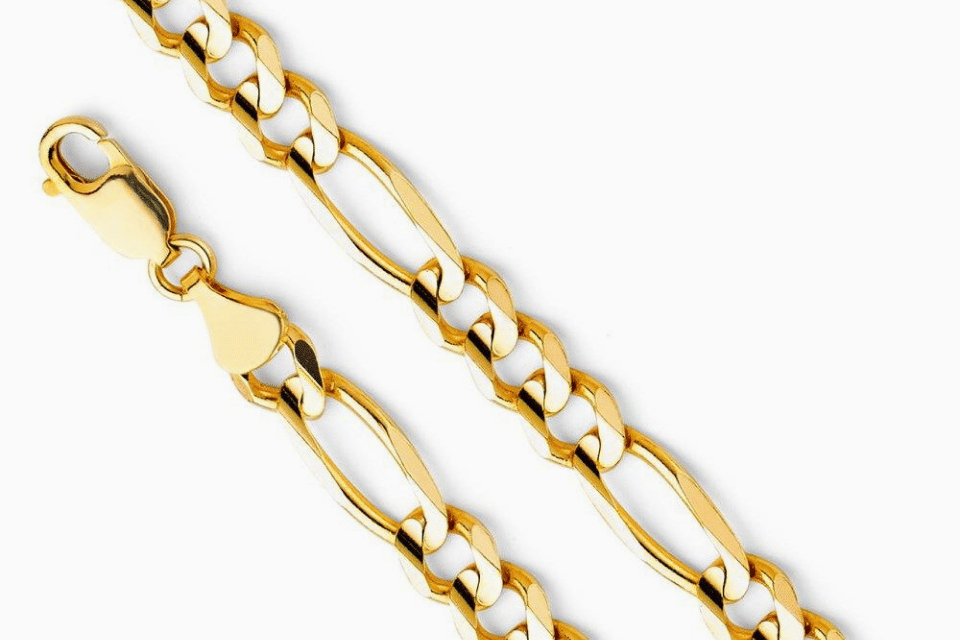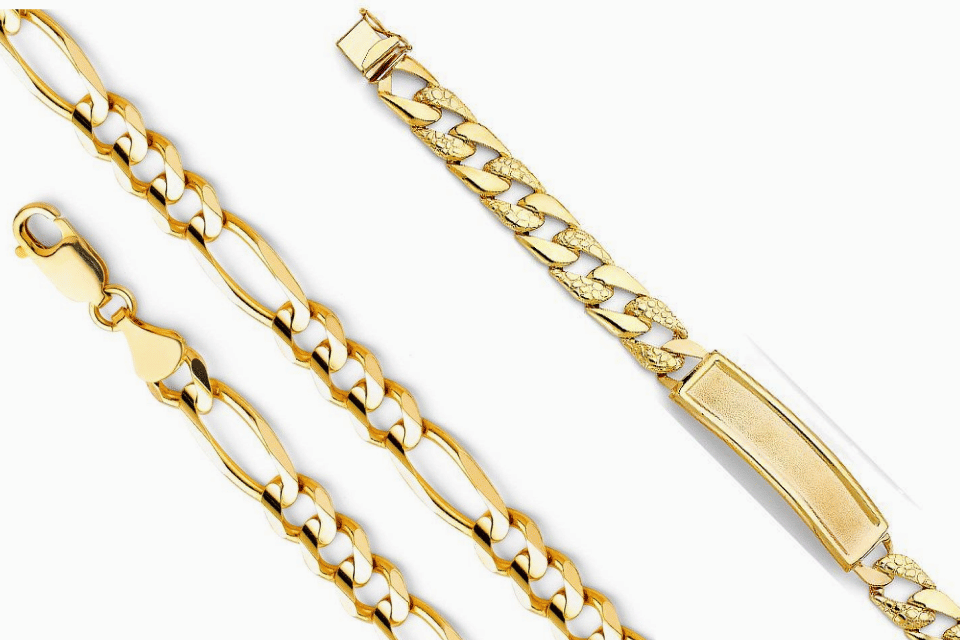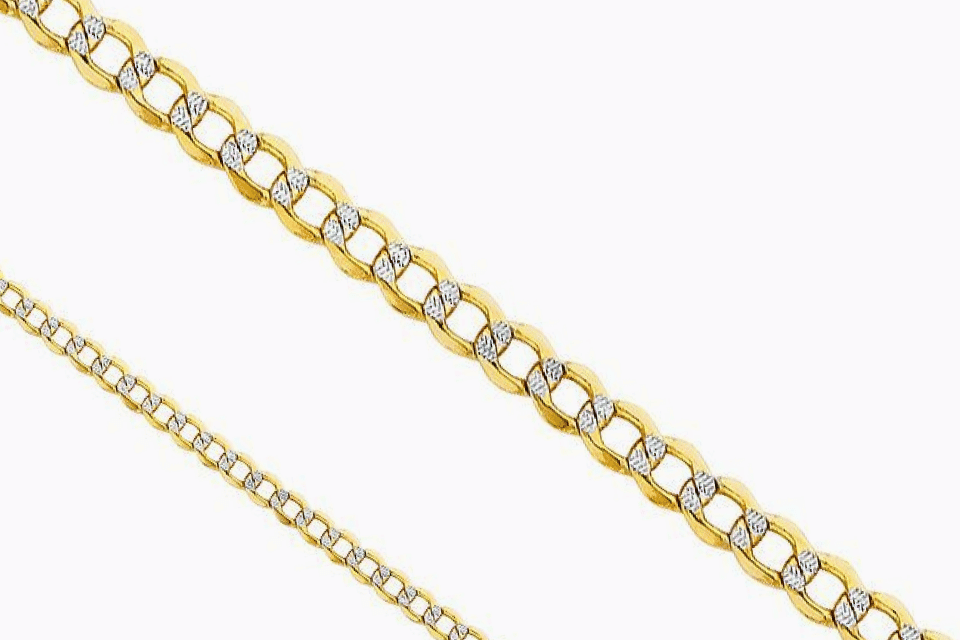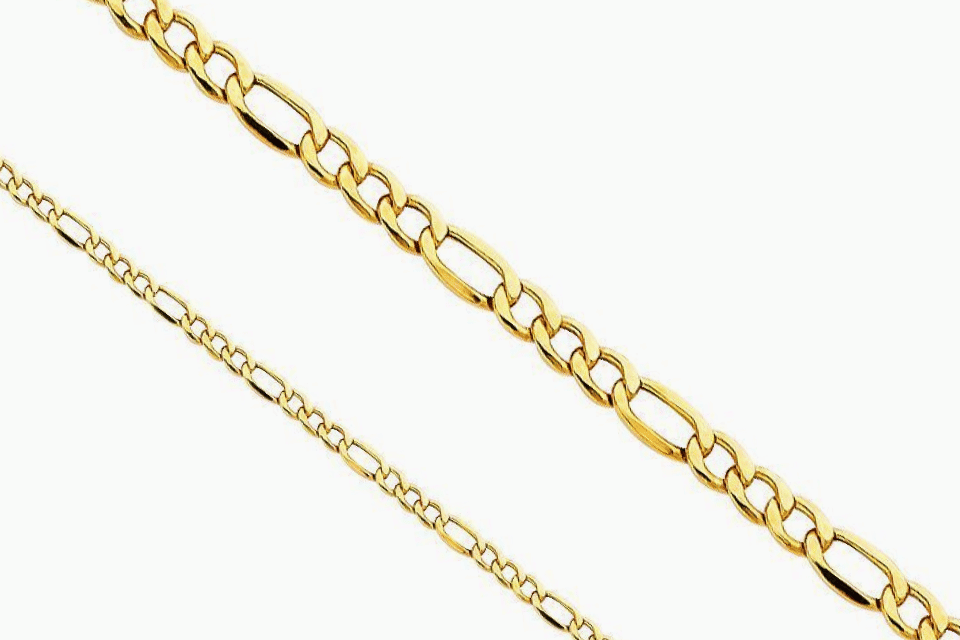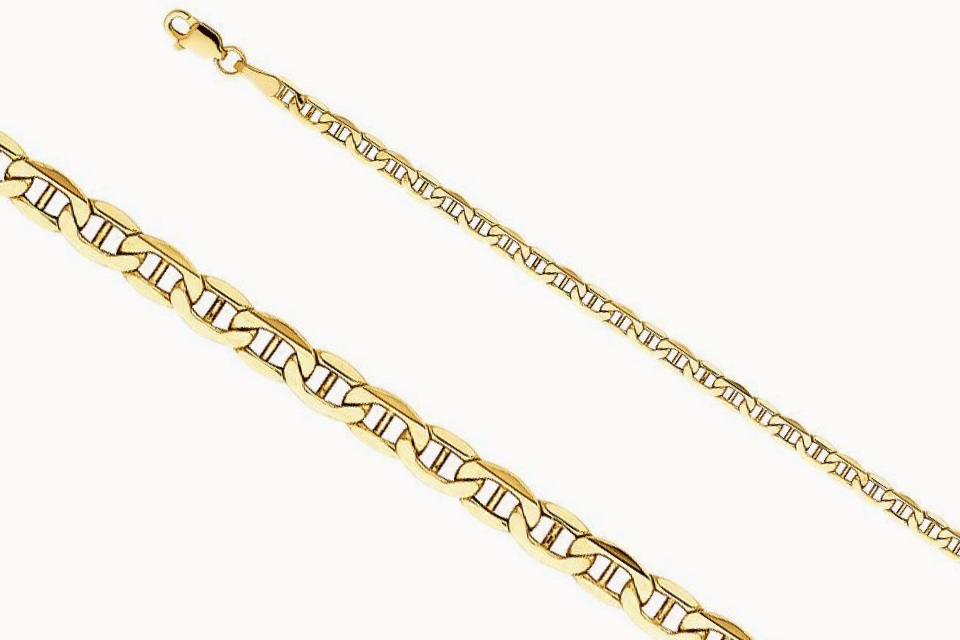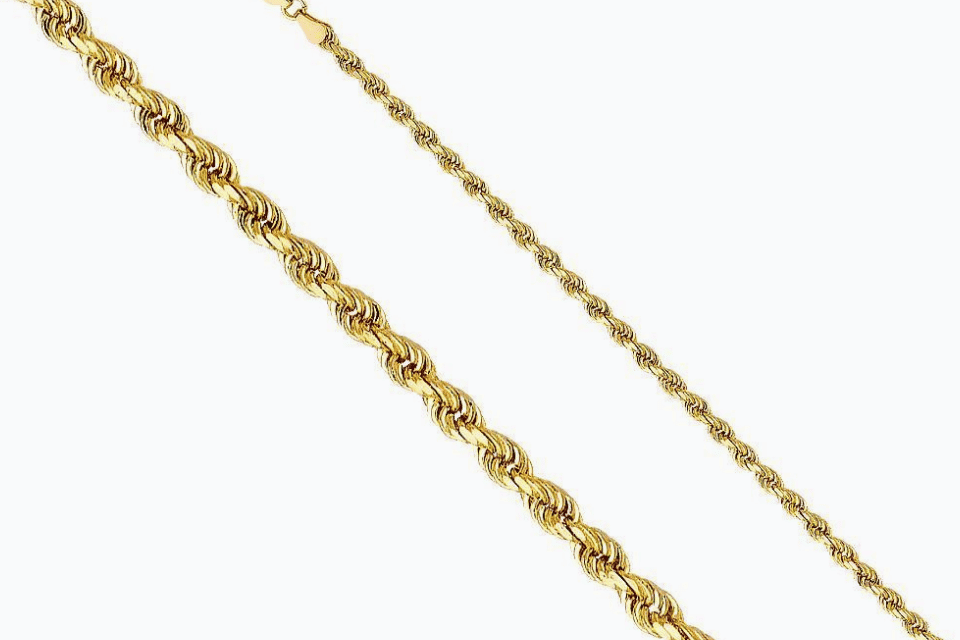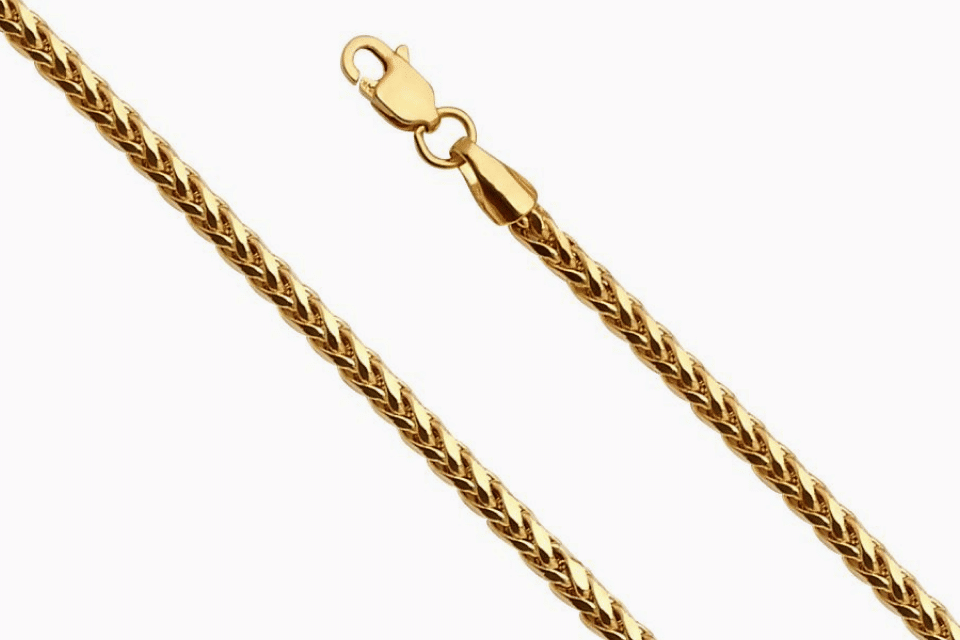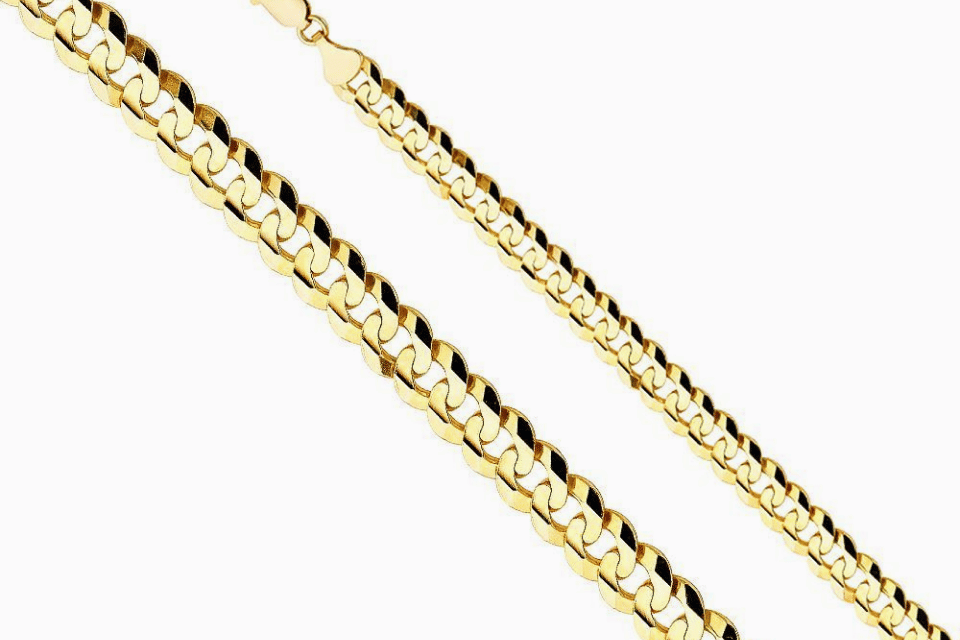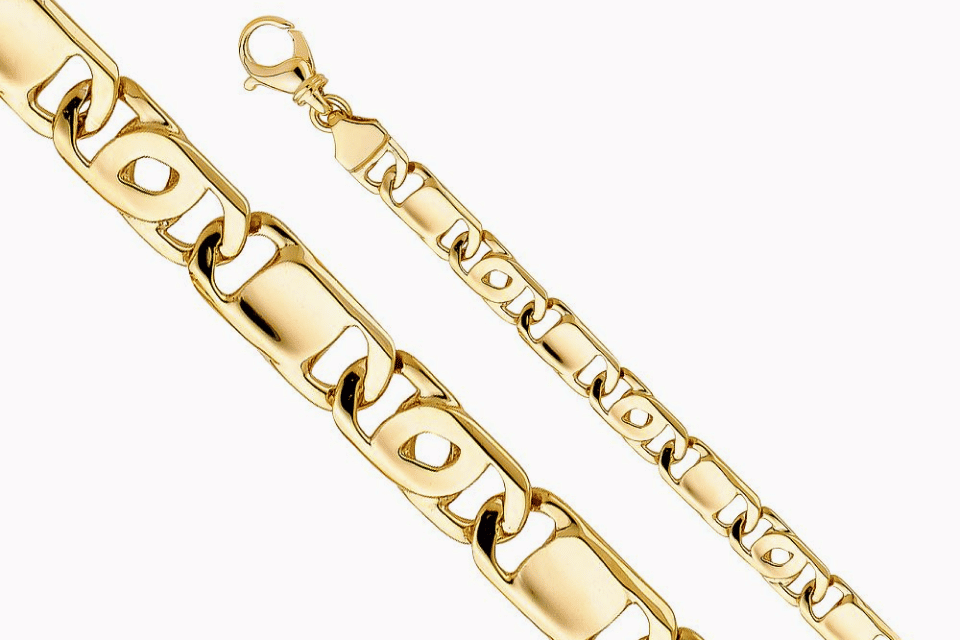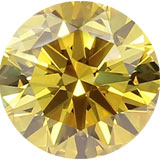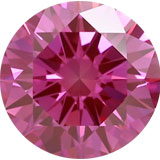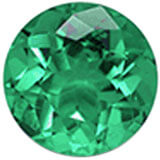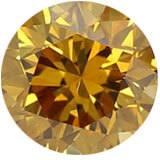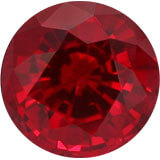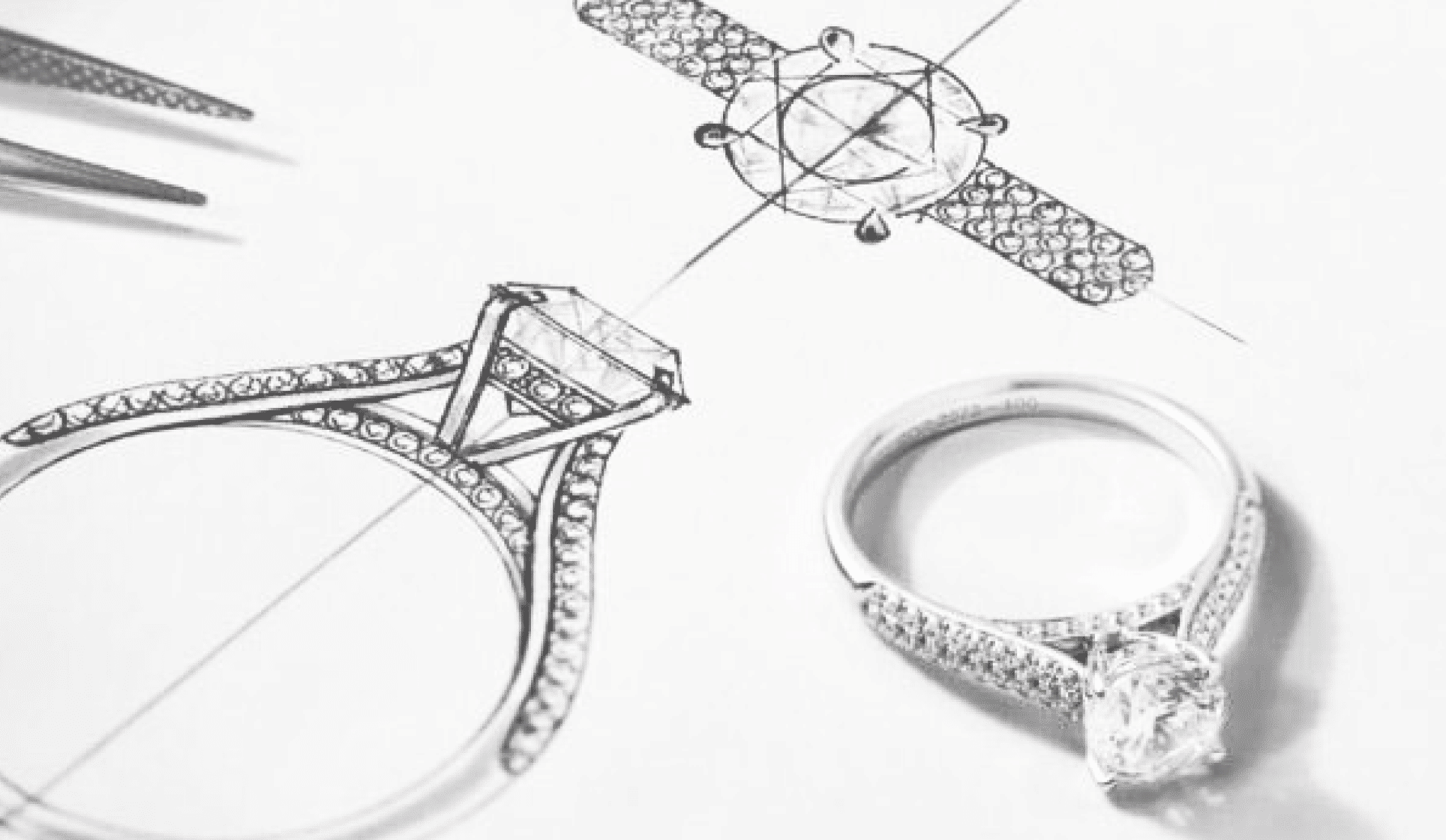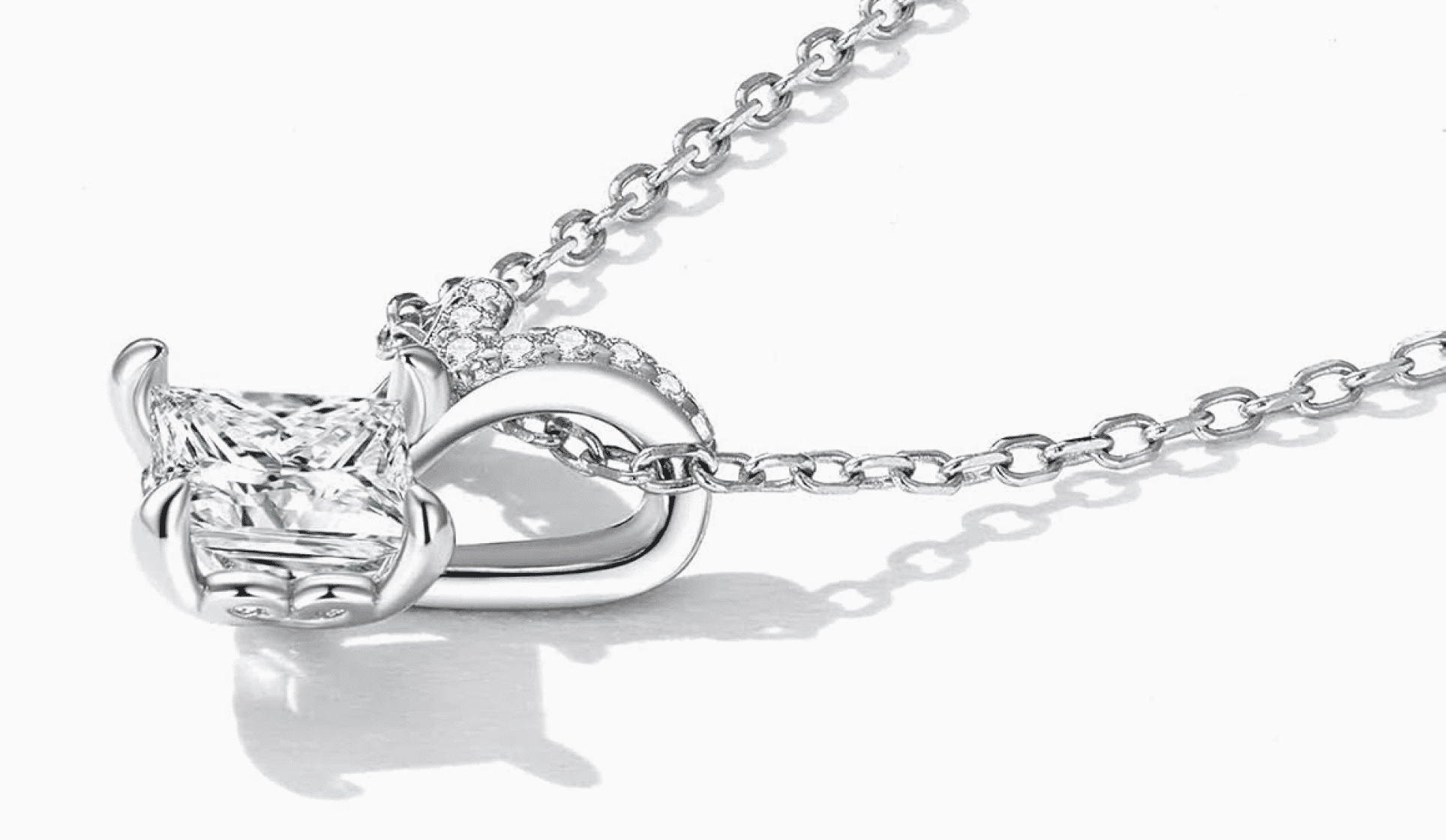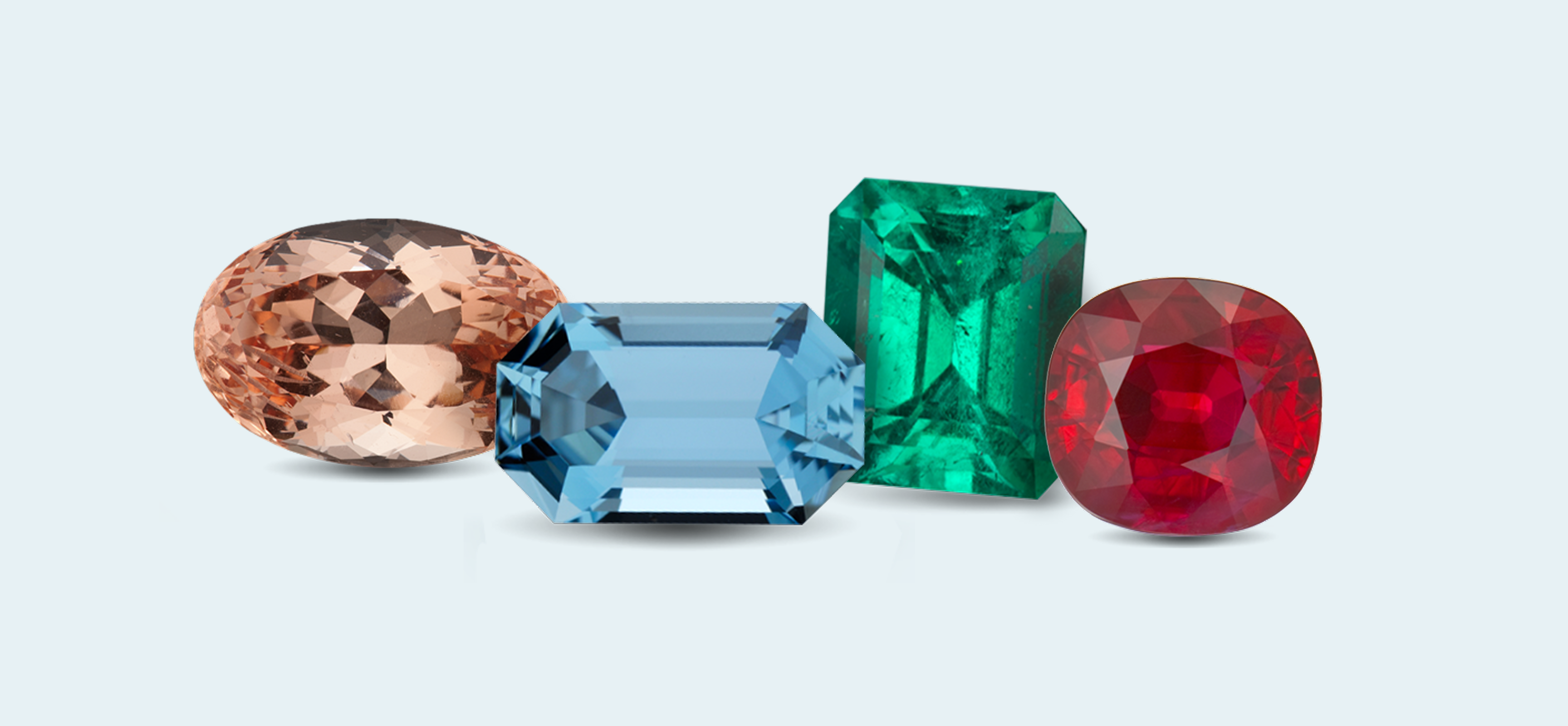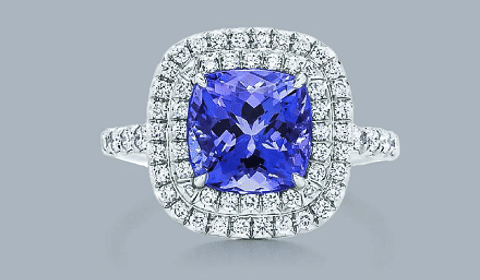No results found!
Lab Created Diamonds
We are bringing our customers lab grown
diamonds created with love.
Why do we have to choose Lab Grown Diamonds?
Lab-grown diamonds are diamonds that are more ethical than natural or mined diamonds because these are mining free.
Environment Friendly
Lab grown diamonds are completely ethical because these are mining free.
Quality
Lab grown diamonds carry the same physical and chemical properties identical to natural diamonds.
Value
Lab Grown diamonds offer superior value when compared to natural diamonds with same size and quality.
What are Lab Grown Diamonds?
The only difference between lab grown and natural diamonds is its origin. Lab grown diamonds are also known as man-made or engineered or cultured diamonds. These are grown in highly controlled laboratory environments using advanced technological processes that duplicate the conditions under which diamonds naturally develop when they form in the mantle, beneath the Earth’s crust. This duplicate environmental condition is highly controlled and advanced. Lab grown diamonds exhibit the same physical, chemical, and visual characteristics as natural diamonds, and display the same fire, scintillation, and radiance. These consist of actual carbon atoms arranged in the characteristic diamond crystal structure. Lab grown diamonds are not fake diamonds and are similar to cultural diamonds. Only an expert under specialized equipment can differentiate between natural and lab grown diamonds.
How Are Lab Grown Diamonds Made?
Like natural mined diamonds lab grown diamonds were also made in similar environmental conditions but in laboratory. Lab created diamonds follows these processes – HPHT (High Pressure and High Temperature) and CVD (Chemical Vapor Deposition). HPHT (High Pressure and High Temperature): In this diamond is formed from a small seed, this tiny seed is placed into carbon. The seed is further exposed to high temperature and high pressure using a belt press or cubic press or split-sphere press manufacturing processes. The pure carbon melts and starts to form a diamond around the starter seed. After that it cooled down carefully to form a pure carbon diamond. CVD (Chemical Vapor Deposition): In this the diamond begins as a thin piece of diamond seed, which is often an HPHT, produced diamond. The seed is placed in a carbon gas filled chamber and heated to high temperature. The pure carbon sticks to the diamond seed and gradually crystallizes.
Lab Grown Diamonds Vs. Natural Diamonds
A natural diamond is the name itself that says that it is formed naturally. Natural diamonds are available in earth’s crust and are formed under very high temperature and pressure. Where Lab created or manmade diamonds are made under high temperature and pressure conditions similar to environmental conditions of natural diamonds. This duplicate environmental condition is highly controlled and advanced. Lab grown diamonds exhibit the same physical, chemical, and visual characteristics as natural diamonds, and display the same fire, scintillation, and radiance. Only an expert under specialized equipment can differentiate the natural and lab grown diamonds.
What Are benefits of Lab Grown Diamonds?
Now-a-days the lab diamonds are increasingly being used to make extraordinary pieces of jewelry. The benefits of lab grown diamonds are:
- Lab diamonds are very ecofriendly, which means mining free. For this no mining is done, so there is no chance for land to disturb.
- Lab diamonds are purer than natural diamonds, because these are made by professionals under cautiously controlled conditions. So, these are dirt free and have fewer defects in crystal structure.
- Lab diamonds have a clean historical background and a traceable source. However, we all know very well the struggle behind diamond mining.
- Lab diamonds have the same magnificence and quality as mined diamonds, whereas lab-grown colored diamonds are pure, steady in color and easy to find.
- Lab created diamonds offer excellent value and are slightly more affordable than natural diamonds of comparable size and quality.
How Are Lab Grown Diamonds Certified And Graded?
The certification process is the same for lab grown and mined diamonds. The
diamond grading procedure is approximately similar for all of the diamond
certification labs. In the lab each diamond is graded separately by numerous
gemologists. All individual grades are compiled and analyzed to determine the
final grade. Above all we want our customers to be happy and confident with
their purchase, so don’t hesitate to ask questions to discover the finest lab-
created diamonds for your engagement ring or jewelry. Our lab created
diamonds available in an extensive range of colors at affordable prices.
Cultured diamonds are also available in rare, fancy colors, including vivid
fancy yellow.Here are some of the most popular diamond certification labs:
Gemological Institute of America (GIA)International Gemological Institute (IGI).
Lab Grown Diamonds Faqs
Lab grown diamonds are chemically, physically and visually identical to natural diamonds. Thus, it is not possible to tell the difference between the two by lab grown diamonds and natural diamonds by visually comparing them.
Unlike diamond alternatives such as cubic zirconia or moissanite, lab grown diamonds are real diamonds. They share the same physical and chemical properties as natural diamonds.
Since lab grown diamonds are diamonds, they will last as long as natural diamonds. In other words, forever. Lab grown diamonds will not deteriorate over time, nor will they change colors or gain imperfections overtime.
Yes, a lab grown diamond will register as a diamond to a diamond tester.
Yes, GIA grades lab grown diamonds.
A moissanite is not a lab grown diamond. While moissanites are considered a diamond alternative they cannot be considered a diamond since their chemical and physical properties are very different. On the other hand, lab grown diamonds share the same chemical and physical properties as a diamond and therefore are a diamond.
The most common way to determine if a diamond is lab grown is by looking at its inscription. Any diamond that is accompanied by a grading report will have a number inscribed on its girdle. Lab grown diamonds will have additional text indicating that they are lab grown. The most common text is “LG” or “Lab Grown”. If a diamond is not yet graded, it must be examined by a grading institution such as GIA or IGI where it can be identified as lab grown or natural with the use of special tools. In some cases a diamond expert can identify if a diamond is lab grown or natural by examining the inclusions within the diamond. Heavily included natural diamonds will have inclusions that can only be created by nature.
Yes, lab grown diamonds can have inclusions. Lab grown diamonds acquire inclusions that result from the growing process.
As is, lab grown diamonds are not marked. However, after a lab grown diamond is certified, it is inscribed with an inscription that identifies it as a lab grown diamond.
Since lab grown diamonds are physically and visually the same as natural diamonds, a jeweler cannot tell the difference between the two.
Yes, a lab grown diamond can be insured just as a natural diamond can be insured.
Yes, lab grown diamonds last forever. Lab grown diamonds will not deteriorate overtime, nor will they change colors or gain imperfections overtime.
Lab grown diamonds have the same visual and physical properties as natural diamonds, thus they do not look different.
Lab grown diamonds are certified by both GIA and IGI.
In general lab grown diamonds will not become cloudy overtime. This is not to be confused with the cloudiness they can retain from lotions, soaps and sanitizers.
Lab grown diamonds are appraised by their 4C’s just as natural diamonds are. The higher a diamond is rated on color, cut, clarity and carat weight, the higher it’s appraised value will be.
Lab created diamonds offer excellent value, and are more affordable than natural diamonds of comparable size and quality.
Like natural diamonds, lab created diamonds will vary in color, clarity, and cut. Each one is unique. Lab created diamonds may contain minor internal or surface inclusions, comparable to high quality natural diamonds. Lab diamonds are evaluated and graded by independent gemological labs that certify natural diamonds, using the same strict standards.
Since they are physically and chemically the same as naturally mined diamonds, lab created diamonds do not have a lower durability and will not get cloudy over time.
Customers looking for a mining-free alternative or a larger stone within their budget may prefer lab diamonds as they are generally at a lower price point compared to naturally mined options. As with any gemstone, the resale value can vary over time. Since lab diamonds are a more recent introduction to the market, there is more uncertainty on future pricing, when compared to natural diamonds.
Phosphoresce refers to a phenomenon of a glow in the dark effect that some diamonds will exhibit after being exposed to shortwave UV light. This effect exists in some lab grown diamonds and natural diamonds as a result of an interaction between the UV light and some of the trace elements in the diamond. This effect particularly occurs in some natural, fancy-colored blue diamonds due to the interaction between the UV light, boron, and nitrogen in the gems.
A diamond may be mistakenly identified as a moissanite when using some diamond testers due to their similarity in thermal conductivity. Professionals can easily distinguish between the two gems due to their differing refractive properties, with moissanites being double refractive and diamonds being single refractive.
This is a standard part of the growing process. Some lab grown diamonds receive an extra dose of high temperature and high pressure after growing, just as naturally growing diamonds would be under extreme heat and pressure in the earth as it grows. Please note, only a selection of our diamonds include treatment on the certificate. Some diamonds may be treated but this will not be declared on the certificate.













